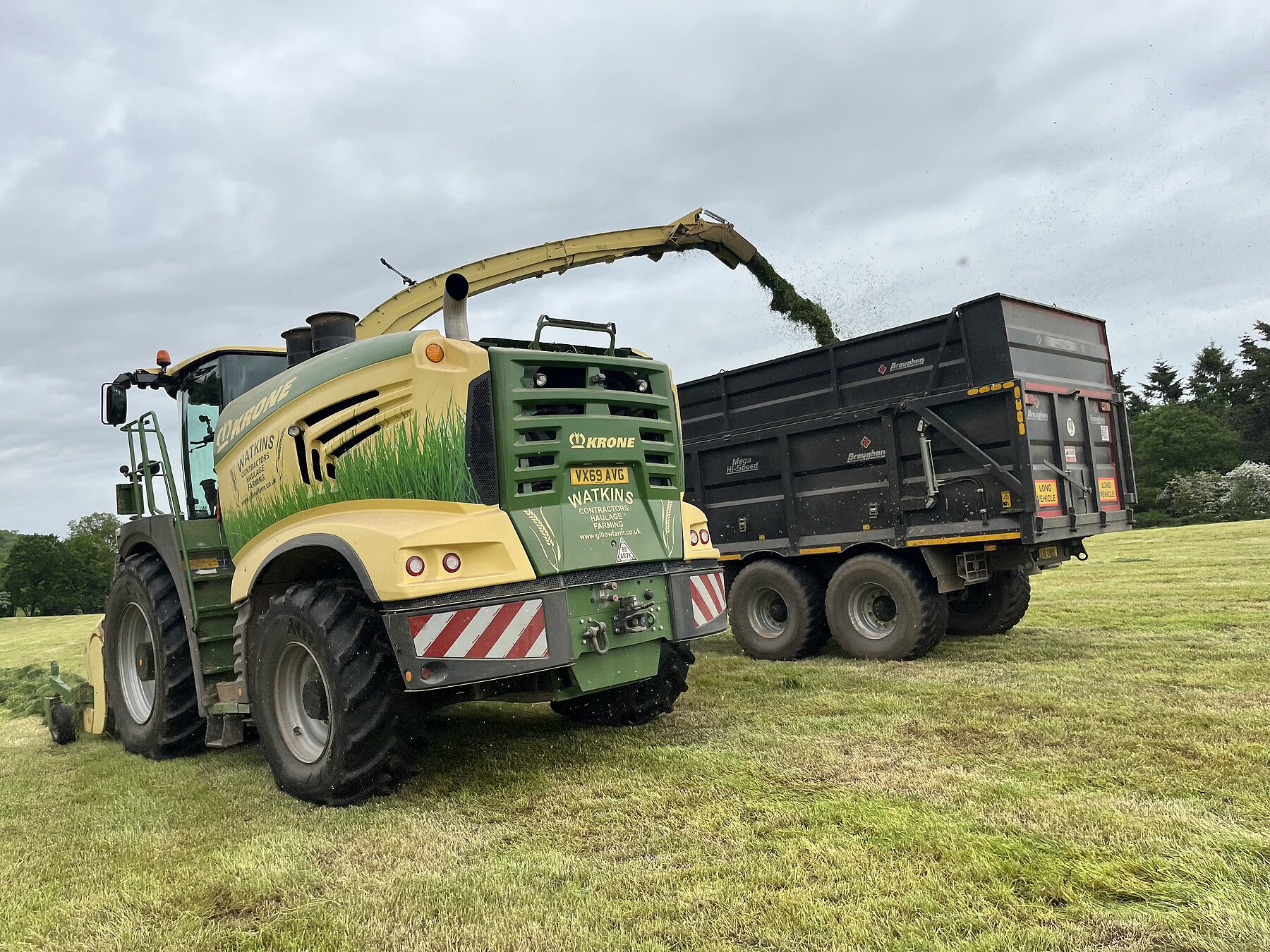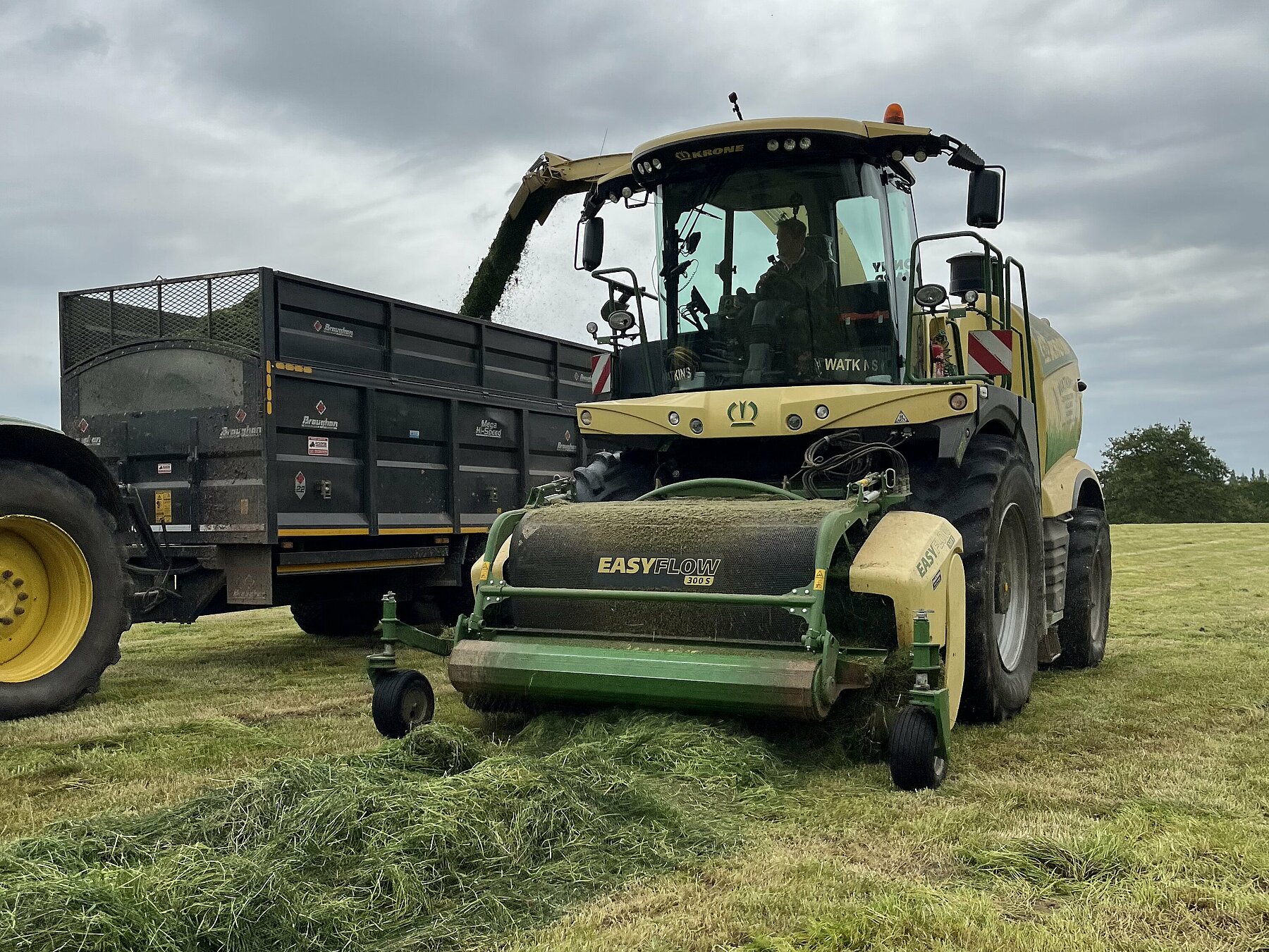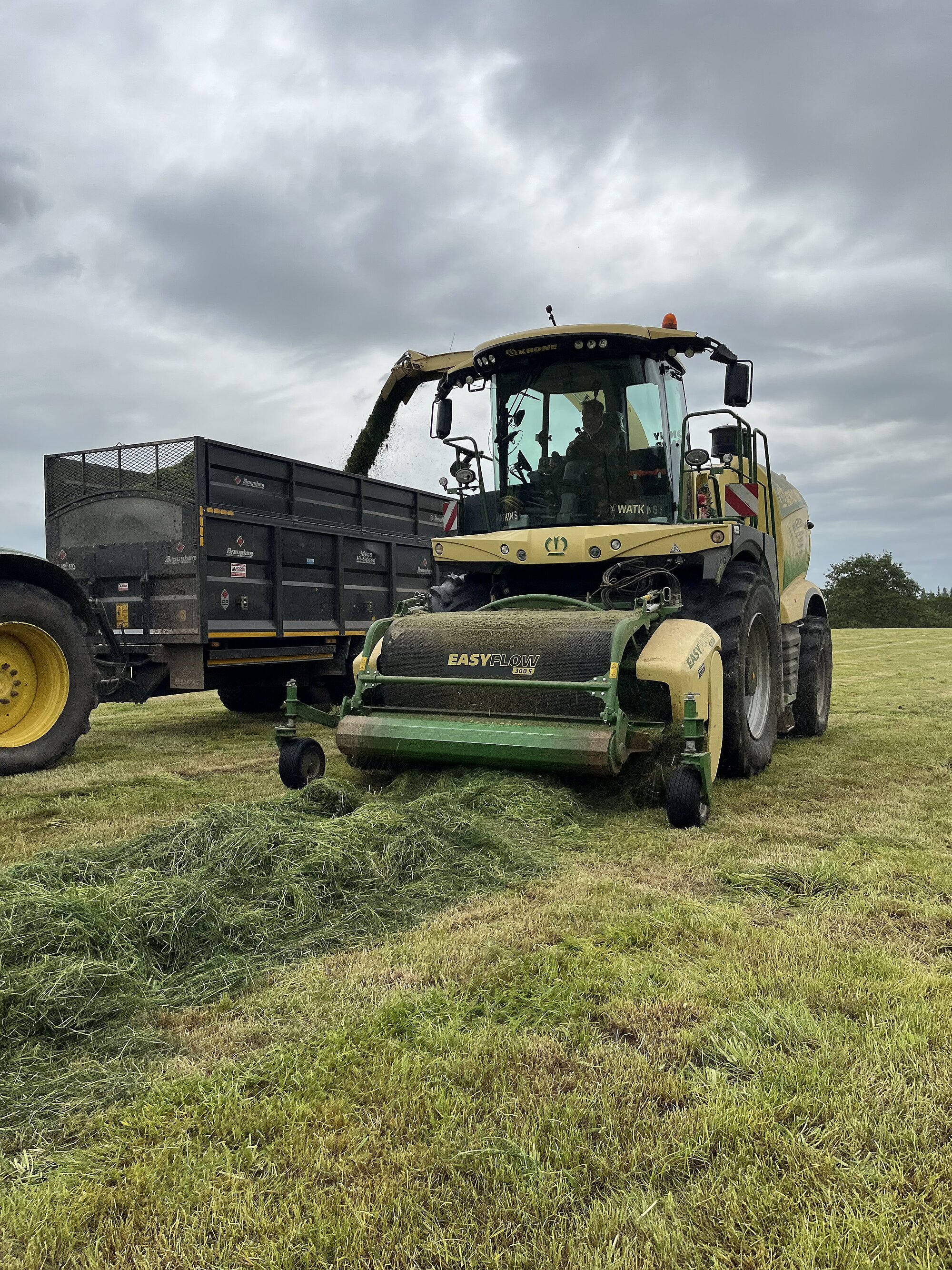Based near Ross-on-Wye in south Herefordshire, Gareth, and his team of full- and part-time staff, carry out a wide range of contracting operations including combining, drilling and sugar beet harvesting.
Alongside the arable work, the team carries out a large amount of forage work covering 3,600 acres of ground across the county. The Watkins family farms 1,800 acres of land , split across owned and tenanted land, as well as in partnership with other farms.Their forage crop contract work consists of 1,200 acres of grassland, 8,000 acres of whole crop and 1,600 acres of maize.
Krone foragers deliver quality and flexibility
The first piece of Krone machinery we introduced to our line-up was an eight-rotor rake in 2010. We were immediately impressed by the build quality compared to previous rakes we’d had from other manufacturers.
Around the same time, we started taking on work to supply maize to a local biogas plant and experienced a few issues with the competitor forage harvester we had.
Our local dealership, Pallisers of Hereford, was keen for us to have a Big X on demonstration after we expressed we were in the market for a machine that would provide consistent chopping length, to meet the requirements for the AD plant, as well as our livestock customers.
We first demoed the machine in 2014 and after good first impressions, we bought an ex-demo machine from Pallisers.
We bought it with a grass header and a 12-row header, which was a big step forward for us, as we had previously had a 6 row header.
One of the main benefits we’ve seen from a contractor perspective is the simplicity and flexibility of being able to change out the number of knives in the drum – 40 knives are perfect for AD customers, and we can halve the set of knives for livestock feed.
The forager itself has impressed us in terms of its build quality and its ability to take on a higher output of work – it’s built to work. Whereas I felt our old forager was having to be adapted to accommodate a higher output.
It’s ability to cope with a high volume of work has also meant we’ve been able to keep the machine an extra year or two before replacing it, as it’s still performing to such a high standard.
The first BiG X 700 forager we had, we kept for five years, and in 2019 we upgraded it a BiG X 780, which is now, in 2023, carrying out its fourth season.
I’ve been really impressed with the forager’s OptiMaize technology, which delivers an impressive chop quality. The chevron angled blades create a consistent feed intake and chop length, which is key to providing our customers with consistent quality.
The craftmanship of the feed rollers in the forager’s grass header showcase the quality of the machines, and you can see how the design is built with high outputs in mind.
Compared to typical machines that have tines in a single line, the BiG X’s tines are spaced out to draw the crop in evenly and reduce the occurrence of blockages
We also opted to add on yield monitoring software when purchasing the forager. This allows us to provide customers with crop analysis which has enhanced the level of service we can deliver.
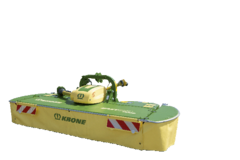
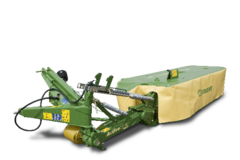
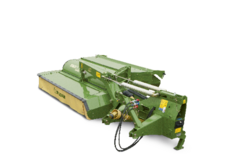
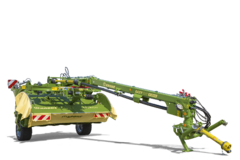
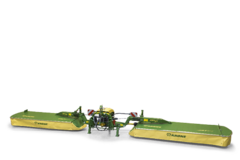
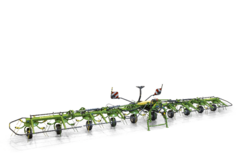
![[Translate to EN (UK):] [Translate to EN (UK):]](/fileadmin/_processed_/0/3/csm_Freisteller_KWT_468x468px_aec722e4d8.png)
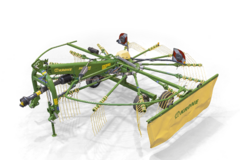

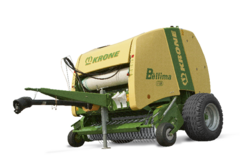

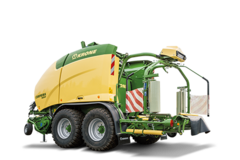
![[Translate to EN:] [Translate to EN:]](/fileadmin/_processed_/1/c/csm_VariPack_Freisteller_01_a70a02f9f9.png)
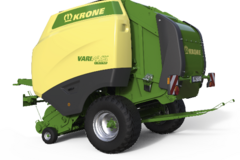

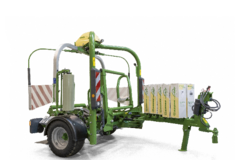
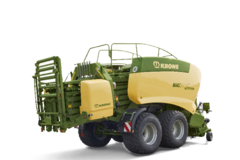
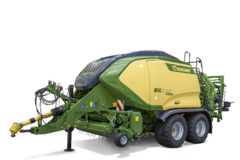
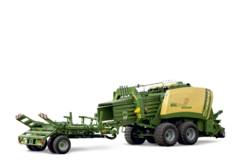
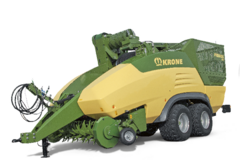
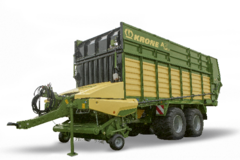
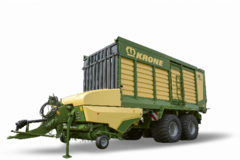
![[Translate to EN (UK):] [Translate to EN (UK):]](/fileadmin/_processed_/4/f/csm_RX_Freisteller_468x468px_6ecb398329.png)
![[Translate to EN (UK):] [Translate to EN (UK):]](/fileadmin/_processed_/0/a/csm_ZX_Freisteller_468x468px_cc1e39f93f.png)

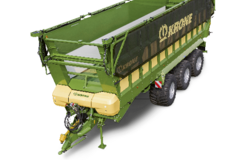
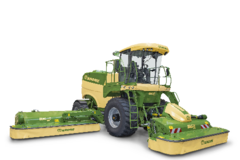
![[Translate to EN (UK):] Testname Forage harvesters - BiG X 480 · 530 · 580 · 630](/fileadmin/_processed_/4/7/csm_BiGX480_Freisteller_468x468px9_1017c2fa62.png)
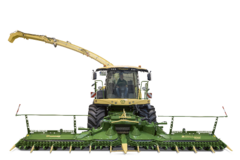
![[Translate to EN (UK):] [Translate to EN (UK):]](/fileadmin/_processed_/e/d/csm_Gareth_Watkins_Website_Photo_Resized_d79801e9fd.png)
![[Translate to EN (UK):] [Translate to EN (UK):]](/fileadmin/_processed_/e/d/csm_Gareth_Watkins_Website_Photo_Resized_f78f7b504d.png)

